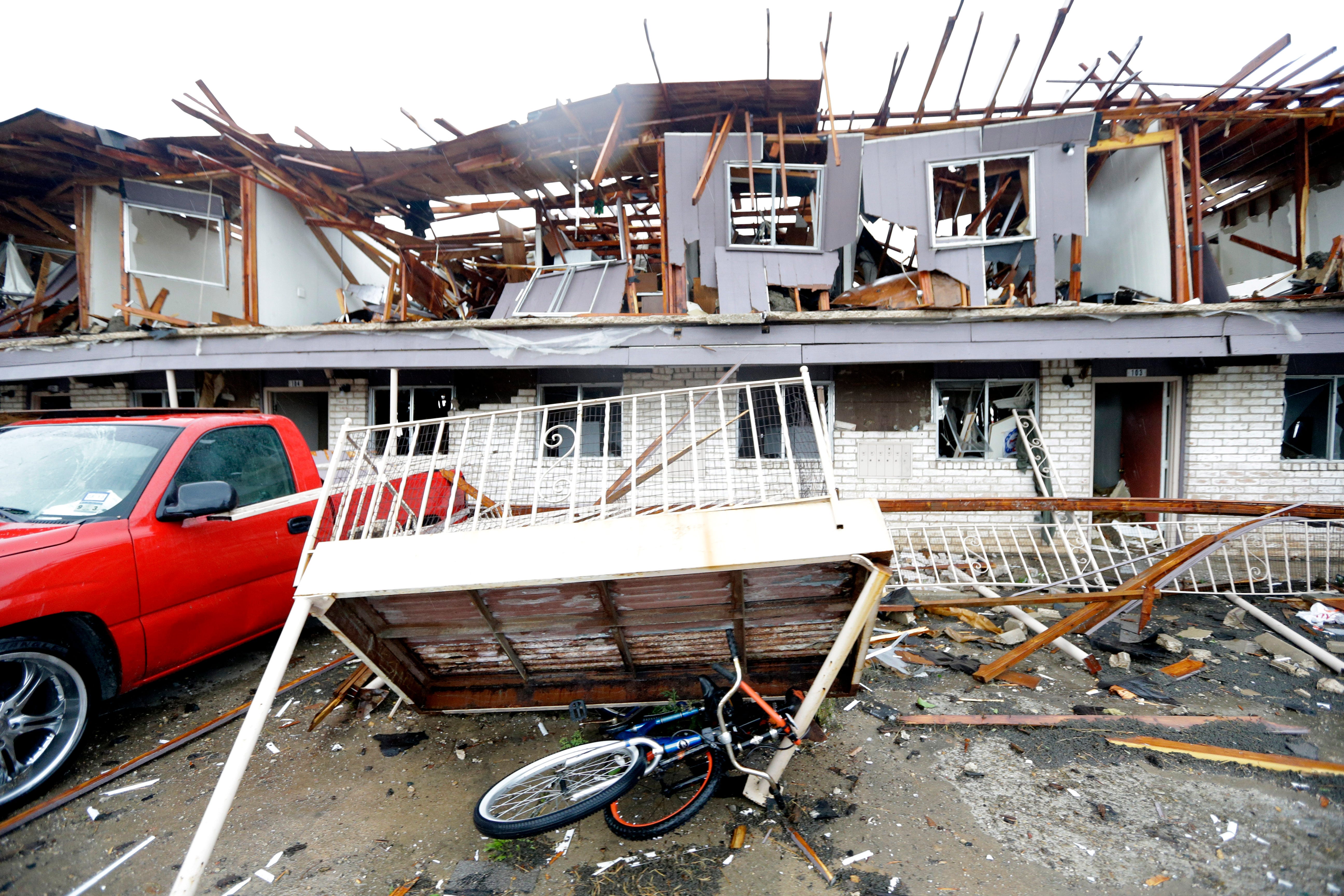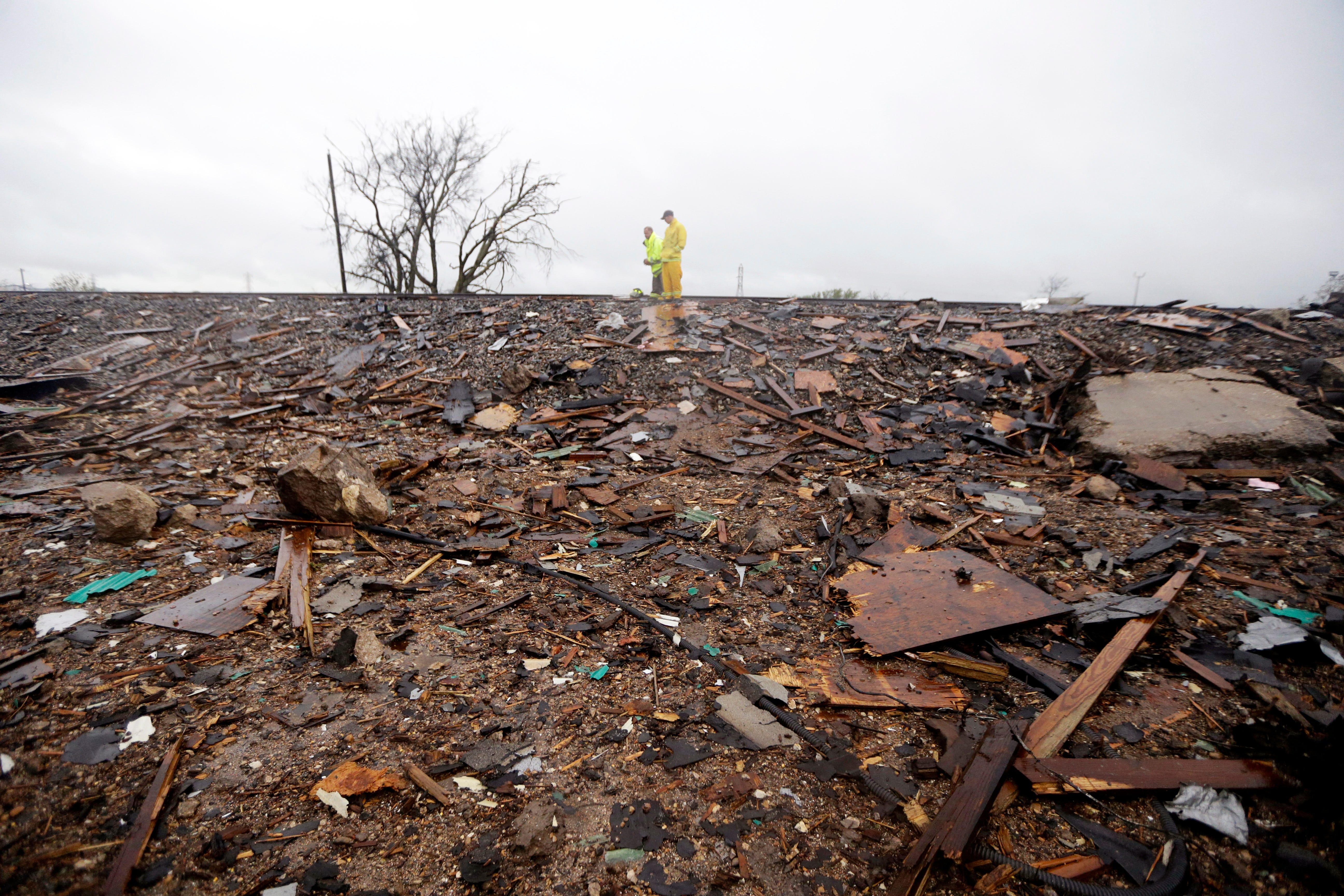'We don’t seem to learn': 10 years after tragic Texas chemical explosion, risk remains high
EST, Texas – The nightmares have eased but the images remain singed in Michael Irving’s mind.
The blown-out apartment complex, its walls and roof sheared off and refrigerators and mattresses still visible inside. The mushroom cloud billowing menacingly into the North Texas sky. The single severed leg poking out of the rubble, boot still firmly on foot.
As the first law enforcement officer on the scene of the 2013 West Fertilizer Plant fire, Irving was the first to smell smoke, the first official to call in the fire and the first to begin evacuating people in harm’s way.
The ensuing explosion at the plant, triggered by 50 tons of fertilizer-grade ammonium nitrate, carved a crater in the earth 75 feet across and 8 feet deep. It killed 15 people – including 12 first responders – injured 260 others and shook the ground so deeply, sensors registered it as a 2.1 magnitude earthquake.

Ten years later, the town has mostly recovered from the devastating blast, one of the biggest industrial explosions in Texas history. But, for many, the trauma lingers.
For years, memories of that scene haunted Irving. Nightmares and anxiety attacks trailed him, eased only after months of therapy. His wife, Kimberly, knew only fragments of what he saw and endured that night. Only recently, a decade later, has he been able to recount that day.
“I will never be the same person again,” Irving said in an exclusive interview with USA TODAY. “There are parts of me that are just gone.”
Twenty-two minutes. That’s all the time Irving, firefighters and emergency responders had from his initial call to emergency dispatch at 7:29 p.m. until the explosion at 7:51 p.m. that blew a hole in the town.
The blast – the equivalent of 30,000 pounds of TNT – prompted the White House and federal agencies to intensify their focus on ammonium nitrate, a fertilizer that’s highly combustible and the key culprit in the West blast. Former President Barack Obama ordered improvements in regulatory rules and traveled to Waco to speak at a memorial for those killed in the explosion.

Still, federal officials and chemical safety advocates warn not enough regulatory changes have taken hold to make the U.S. any safer today from similar explosions than it was a decade ago.
“The [U.S. Chemical Safety and Hazard Investigation Board] is concerned that a terrible tragedy like West could happen again,” board chairman Chairperson Steve Owens said.
Much of West, a city of 2,500 people located 80 miles south of Dallas, has improved since the blast, Mayor Tommy Muska said. New city and state ordinances bar chemical plants from storing ammonium nitrate in combustible structures within city limits and new homes have replaced those battered by the blast, he said.
Still, many residents struggle with post-traumatic stress disorder and anxiety, despite years of therapy.
“You don’t ever get rid of it,” said Muska, whose home was destroyed by the blast. “It’s like one of those hidden dark secrets: You don’t want anyone to know you’re broken.”
No comments: